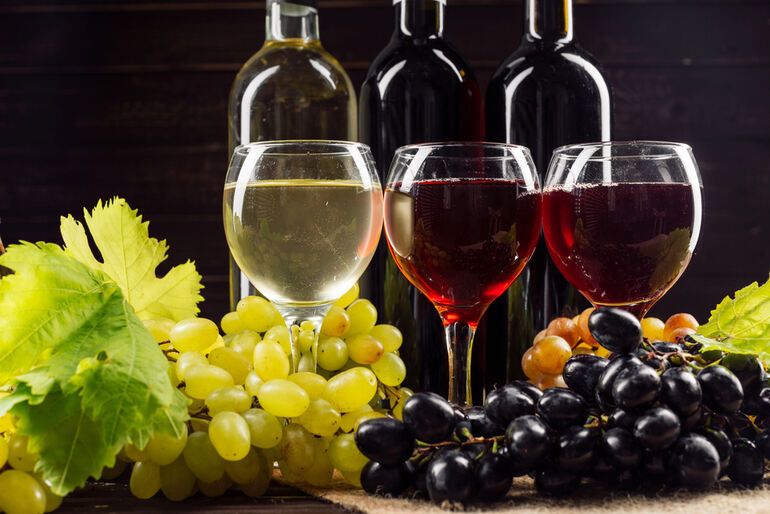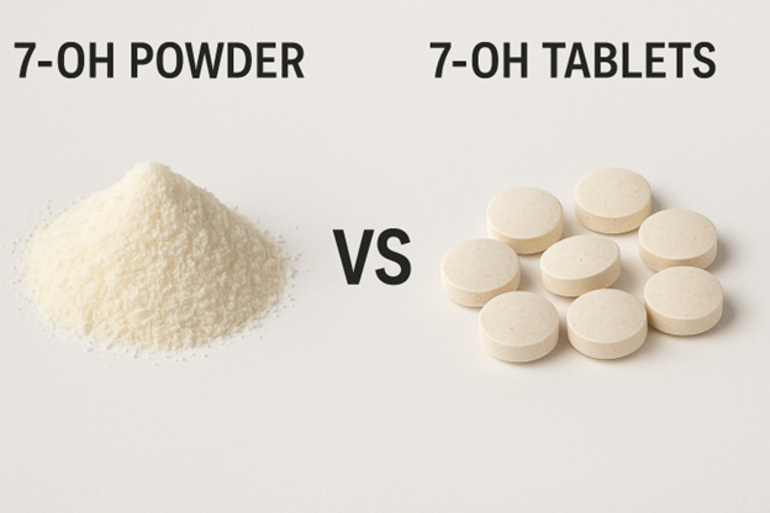Exploring Italy’s Finest: Types of Italian Wines You Should Know
Italy is world-renowned for its rich culture, storied history, and—perhaps most notably—its exceptional wine. Beer enthusiasts are well aware that what makes a great drink special is its history, the place, and the way people create it. In addition, Italy, being a leading producer of wine, includes an interesting visit to the country’s wine history, a wide range of sites and climates, and various grape types. Touching base with Italian wines is just like discovering a brand-new brew, since both can enhance your love for fine craftsmanship, no matter your previous experience.
In this piece, we will get to the core of Italian wine culture, clear up DOC, DOCG, and IGT meanings, look at famous red and white varietals, and suggest a perfect bottle for any moment.
Italian Wine Culture
There, wine is important not only as a drink, but also as a major part of cultural traditions. Because Pinot Grigio is light in body and has crisp aromas, it is one of the most popular white wines in other countries. As it comes with a note of citrus and green apple, you should try it when the weather is warm and your dinner is simple.
Wines produced in Tuscany and Sicily, because of their unique soils, have their own separate traits. Since Italy has many regions, it produces strong red wines, delicate white wines, and a variety of others.
Italian Wine Classifications: DOC, DOCG, and IGT Explained
The government assisted people in choosing Italian wines by developing a quality classification system.
- If wine is DOC, it must follow the rules and must contain grapes allowed in a certain region. It is only called a DOC wine if it meets certain guidelines on how it tastes and how it is produced.
- If a wine is to be called DOCG (Denominazione di Origine Controllata e Garantita), it must adhere to very high standards and be reviewed by committees sanctioned by the government.
- There are more choices available in which grapes are used and how the wine is created with IGT. Regional features and creativity in design are what draw more people to these homes, as they are still budget-friendly.
For a curated selection of quality wines from around the world, including standout Italian bottles, explore Maison Vauron’s wine collection.
Popular Italian Red Wines
Such wines, from Italy, are flavorful and can be recognized by their acidity, which most go well with food. Some of the best red wines include these.
Chianti (Tuscany)
Because its main grape is Sangiovese, Chianti has a flavour that mixes tart cherry, earthiness, and a pleasing level of tannins. The best wines in Tuscany come from Chianti Classico DOCG.
Barolo (Piedmont)
Barolo is considered the “King of Wines” because it is made using Nebbiolo grapes. The aroma and flavour of the wine come from strong tannins, notes of flowers, both dried cherry and tar, plus some herbs. You should select Barolo, at least three years of age, when you have a special event.
Amarone della Valpolicella.
Due to the semi-dried grapes used in its making, Amarone is noticeably rich and has many complex layers. Raisins, chocolate, and spice are important ingredients in what makes port unique. It might be demanding, but it still stays elegant and involves many details.
Montepulciano d’Abruzzo (Abruzzo)
Because this wine is light and affordable, you will find it easy to get blackberry flavours and a silky texture. Because it goes well with so many foods and wines, wine proves to be very versatile.
Find indulgence in a look at some of the finer aspects of Italian red wines and their process of aging, Wine Folly provides excellent infographics and tasting guides.
Must-Know Italian White Wines
While red wines often steal the spotlight, Italy also produces outstanding white wines worth discovering.
Pinot Grigio (Northeast Italy)
Because Pinot Grigio is light in body and has crisp aromas, it is one of the most popular white wines in other countries. As it comes with a note of citrus and green apple, you should try it when the weather is warm and your dinner is simple.
Verdicchio (Marche)
Verdicchio has a bright flavour and includes hints of lemon, almonds, and herbs. Because this wine ages well, it appeals to sommeliers since it complements multiple types of dishes.
Soave (Veneto)
The taste of Soave is crisp and not sweet; since it is crafted from Garganega, it is known for its flowery aromas mixed with gentle notes of stone fruits and almond. Soave makes an excellent, clean-tasting alternative to beer for anyone who likes pilsner or saison, and is great for warm afternoon sipping.
Fiano di Avellino (Campania)
The rich texture in a DOCG white wine comes with flavours of pear, honey, and hazelnut. Fiano is interesting and long-lived, giving unique flavours from southern Italy.
To find the right foods and typical dishes to go with these white wines, Eataly’s blog is very helpful.
Choosing the Right Italian Wine
Because there are countless options, choosing the right Italian wine can seem difficult at first, but you do not have to feel that way. Below are some suggestions for you:
- Keep the situation in mind: Light whites go well with summer parties, big red wines are for special dinners.
- Make sure your wine is equally strong or light as the main course of your meal. Select red if you have a big meal and white when your food is lighter.
- The label’s information includes whether it’s marked DOC, DOCG, or IGT, so you’ll know its origin and how high the quality is.
- Trying local dishes with their traditional wines can usually bring about the best outcome.
You can count on businesses like Maison Vauron to sell genuine wines chosen by experts.
Italy in a Glass: Savouring Wines
Italy’s food culture and its wine life are both extremely exciting. In the north, Piedmont offers strong red wines; on the other hand, Campania offers clean-tasting white wines, which proves there are variances in Italian wine regions. To make drinking wine more enjoyable, it helps to learn about different styles from Italy, notice the differences in the wine from every region, and store it correctly, because the taste and smell change with the bottle’s temperature.
Even if you prefer wine from grapes or hops, tasting Italian wines will treat your taste buds and provide something different. If you’d like to pursue the subject, the Stella Rosa Wine App will offer more details on popular Italian grapes and why they are unique.
Frequently Asked Questions
Which Italian wine has the most sweetness?
The fact that grapes used for Vin Santo and Passito di Pantelleria are dried makes these Italian desserts very sweet indeed. What puts Moscato d’Asti apart is that it is sweet, sparkly, has less alcohol, and has the taste of both fruits and flowers.
Which grapes are usually used to produce Italian wines?
Italy is known for growing around 350 different grape varieties that are recognised in the country. Examples of the most popular among them are:
- Most of the grapes in Chianti and Brunello di Montalcino are Sangiovese.
- Barolo and Barbaresco are made using Nebbiolo as the main grape.
- The Department focuses on Abruzzo and other countries in the world.
- It is the Glera grape that is used for the production of Prosecco.
- Trebbiano – This grape variety is grown across many locations.
- The growing of Vermentino is a main characteristic of Sardinia and Liguria.
Which foods should you choose with Italian wines?
It is famous that Italian wines pair well with meals. This way, you can come up with a usual pairing of flavours.
- Matching Chianti with pasta and pizza, both made from tomatoes.
- Generally, Barolo is suited to meals that include truffles or meat that is braised.
- Enjoy Pinot Grigio when you serve it with fish or a salad dish.
- Try Cortese wine when eating a plate of risotto or some roasted vegetables.
- The intense and dry taste of Amarone blends well with cheeses and stews made with plenty of meat.
Look at Eataly’s guide for more directions on combining food and wine.








Submit a Comment